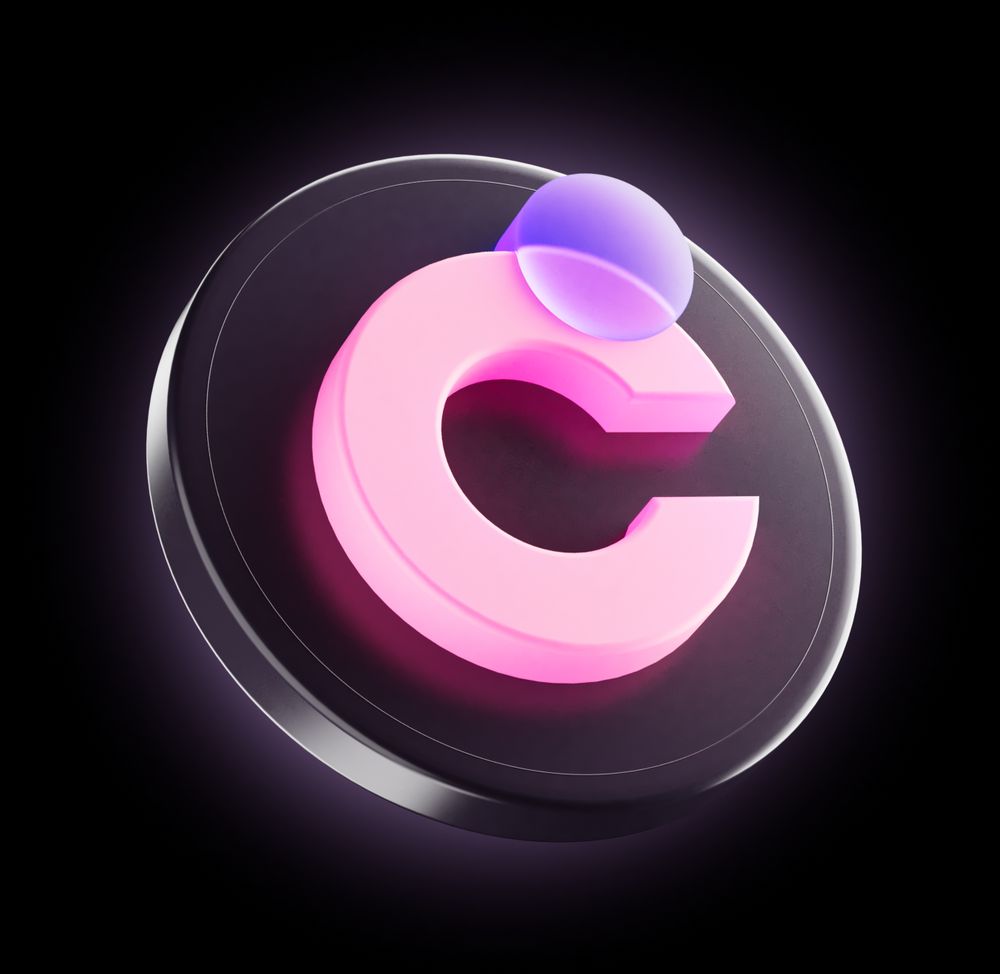Roadmap
This roadmap is currently focusing on the release of Chromia Mainnet 1.0.


Chromia Mainnet 1.0
The first official Chromia Mainnet release. While this landmark is the final stop on our ‘Road to Mainnet’, it marks the beginning of a longer journey in which Chromia’s tech will continue to evolve while our ecosystem grows.